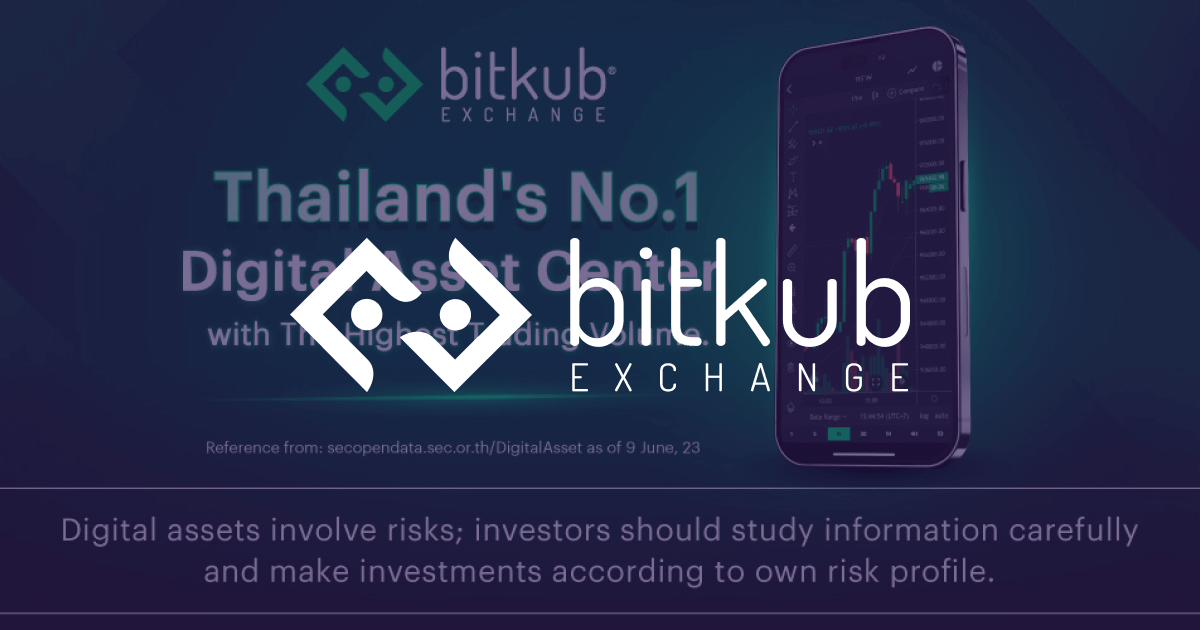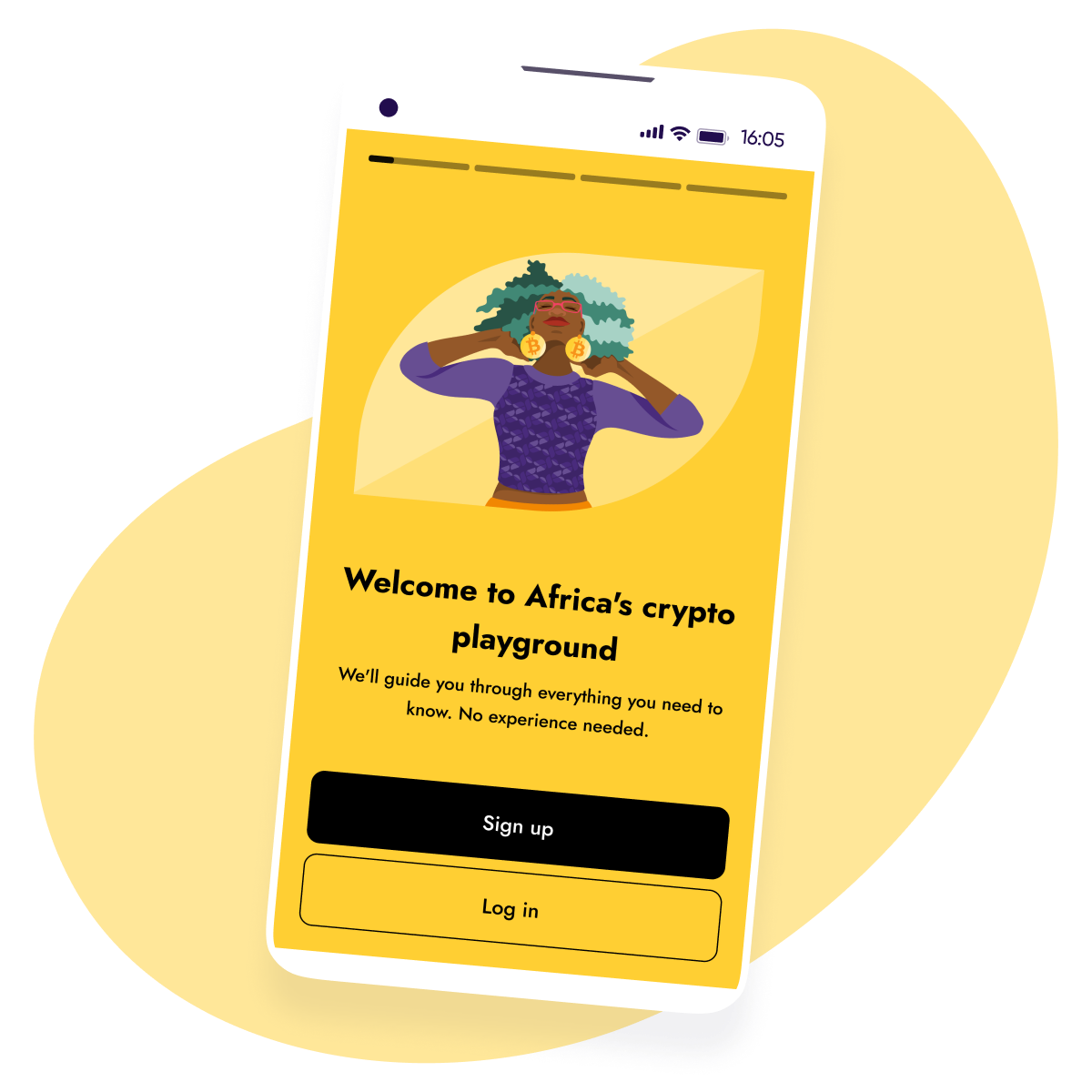
Hitting 1 million users with multi-touch attribution and deep-linking

1 million
users reached74%
rise in app installs QoQ30%
reduction in CPIOverview
Yellow Card finds its north star in the sea of distributed data to navigate beyond 1 million users while reducing CPI.
Background
Fintech start-up Yellow Card was founded in 2016, and launched in Nigeria in 2019 with the goal of leveraging cryptocurrency to make financial services available to Africans who may not have a bank account or are otherwise financially excluded. Yellow Card started life as a web-based financial service provider, but switched to mobile in late 2021 to reach even more users in a more cost-effective fashion.
Using cryptocurrency like Bitcoin (BTC) as infrastructure for its financial services, Yellow Card offers a secure, no-fee way to send, receive, and store currency throughout Africa. Other services on the continent typically convert the sender’s local currency into US dollars (USD) before it’s converted to the recipient’s currency – for example, from Nigerian naira (NGN) to USD, and then to the Central African franc (XAF).
In a transfer like this using a service like Western Union or Moneygram, users incur significant fees. Yellow Card enables users to send money throughout the continent via their crypto rails at no cost.
This unique selling point, combined with a frictionless user experience and additional services (such as the ability to trade directly from the Yellow Card platform) has seen Yellow Card grow rapidly throughout Africa.
African countries like Nigeria and Kenya are major hubs for cryptocurrency transactions, ranking among the top 10 globally for crypto trading volumes — and Yellow Card has established itself as the go-to platform to buy and sell the currency. In 2022, the company crossed 1 million registered users, and now operates in 16 countries across Western, Eastern and Southern Africa, with expansion underway into the Northern part of the continent.
Challenge
Rapid growth and a burgeoning reputation brought their own challenges to Yellow Card. The company was committed to continuously improving its product without compromising stability or security, and also faced challenges of scaling up the marketing mix as it transitioned to a mobile-first business.
In January 2022, Yellow Card had 400,000 users but was only able to monitor install events: it couldn’t track in-app events. The company’s goal was to grow its user base to 1 million in the next few months, as well as boosting the number of monthly active users beyond 200,000. To achieve this, the team needed to understand what their users were doing within the Yellow Card platform – and which channels were driving the highest-quality users.
We had a goal of hitting 1 million users by Q1 2022, and to do so we needed a solid media mix where our ad spend was not delivering diminished returns. At the time it was difficult to get a full picture of which channels were working, and how effectively: we could see which were generating clicks, but not which were converting into installs.
Sadique Temitayo, Senior Performance Marketing Manager
As its marketing mix diversified and expanded, Yellow Card recognised that it would need a better measurement solution. At this stage, its paid marketing data was siloed across six different platforms, meaning the Yellow Card marketing team needed to scrape the data and combine it into one spreadsheet. The team also faced issues over installs being double-reported across various platforms, compromising their attribution data.
Solution
With its goals for growth in place, Yellow Card saw that a mobile measurement partner (MMP) would be required to help with its cross-channel attribution.
We explored various MMPs, with AppsFlyer coming out on top. We immediately formed a great working relationship with the team and put in motion the plans that would help us scale up to 1 million users by the following year.
Sadique Temitayo, Senior Performance Marketing Manager
With AppsFlyer’s measurement suite, Yellow Card could now see ad performance in real time, and shift budget to channels that were delivering better results.
Yellow Card also integrated with AppsFlyer’s deep-linking suite, OneLink, to better leverage its owned media. With the launch of the payment product Yellow Pay, which sits within the main Yellow Card app, Sadique’s team deployed deep links to drive increased activity.
Customers received push notifications from Yellow Card promoting the Yellow Pay service, with a deep link that redirected them straight to the Yellow Pay screen within the app. This meant users received relevant, effective messaging at every step of the journey, with Yellow Pay adoption rates greatly increasing as a result of OneLink.
Originally, users would land in the app from a Yellow Pay ad and see messaging that was not relevant to them. Now, with OneLink, we can redirect users who clicked on a Yellow Pay ad directly into the Yellow Pay intro screen.
Sadique Temitayo, Senior Performance Marketing Manager
Impact
After integrating with AppsFlyer as its MMP, Yellow Card successfully scaled up its user base from 200,000 in December 2021 to 1 million by March 2022.
This growth included a 74% rise in total app installs quarter-by-quarter, as well as a dramatic 30% reduction in cost per install (CPI) in December 2022.
With AppsFlyer, we could now see which app installs were converting into active users, which were completing transactions, and more. We gained a much greater understanding of what our users were doing within the Yellow Card platform, and which channels were driving high-quality users.
Sadique Temitayo, Senior Performance Marketing Manager
Now, Yellow Card could track revenue-generating events in the app and double down on driving more of that activity. It also revolutionized marketing spend by making the business far more efficient:
We could now see which ad networks were more scalable from a CPI perspective. For example, Facebook might have had a lower conversion rate at that moment, but we could see that with a few tweaks it could become a more cost-effective platform in the long-term than one that had a higher conversion rate at the time.
Sadique Temitayo, Senior Performance Marketing Manager
Yellow Card was able to reduce CPI across all markets below its own internal benchmarks. The team could also now see any potential stumbling blocks preventing users from going through their funnel, and recommend necessary product changes.
Having used OneLink to drive adoption of the Yellow Pay product, Yellow Card next deployed this deep linking solution to boost its rate of Know Your Customer (KYC) verification.
If a user had signed up to the platform but not completed the KYC verification process after seven days, they would now receive a push notification. Via a deep link, the notification would navigate the user directly to the relevant KYC verification screen. KYC is a vital part of any finance app: now, thanks to deep linking, users who hadn’t completed the process could be directed to do so in a matter of seconds.
Finally, Yellow Card leveraged ROI360, AppsFlyer’s ROI measurement solution, to track ad spend across different channels. Having previously needed to scrape spend data – and faced issues with misreporting – the Yellow Card team now had a single source of truth in one dashboard.
We’re able to view all our ads and track all our different budgets – to see what’s working and what’s not. AppsFlyer lets us compare platforms within that single dashboard, and has also helped us work with a lot more self-reporting networks like Google and Snapchat.
Sadique Temitayo, Senior Performance Marketing Manager
Looking forward
With AppsFlyer’s solutions integrated and initial goals met, growth remains a key focus for Yellow Card heading into the rest of 2023. The business’ next aim is to break 200,000 monthly active users, while continuing to improve marketing efficiency by delivering better results for every dollar spent.
Part of this growth is centered around expanding into even more markets within Africa, such as the Northern African nations in which Yellow Card doesn’t currently have a presence.
In 2022, Africa formed a trade pact – the African Continental Free Trade Area (AfCFTA) – with a view to strengthening trade between nations on the continent. Yellow Card’s status, as the only platform in Africa that currently offers transfer of funds without fees, means it’s perfectly placed to continue its expansion – with support from AppsFlyer every step of the way.
 Looking for an MMP? Get your free assessment template today
Looking for an MMP? Get your free assessment template today


